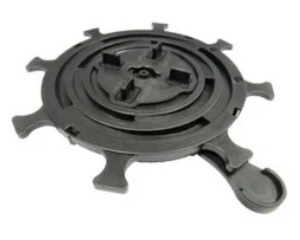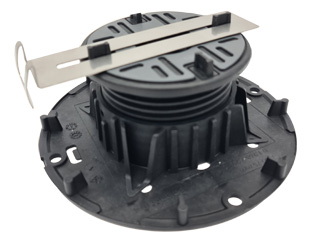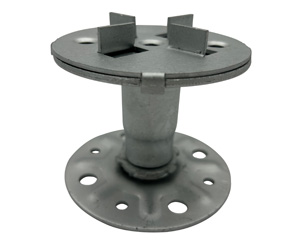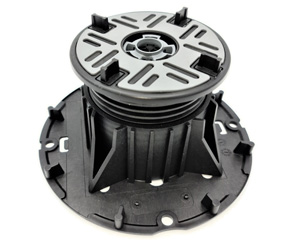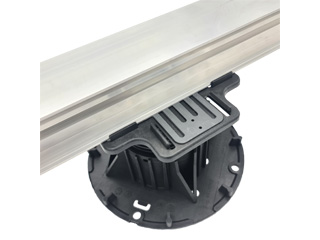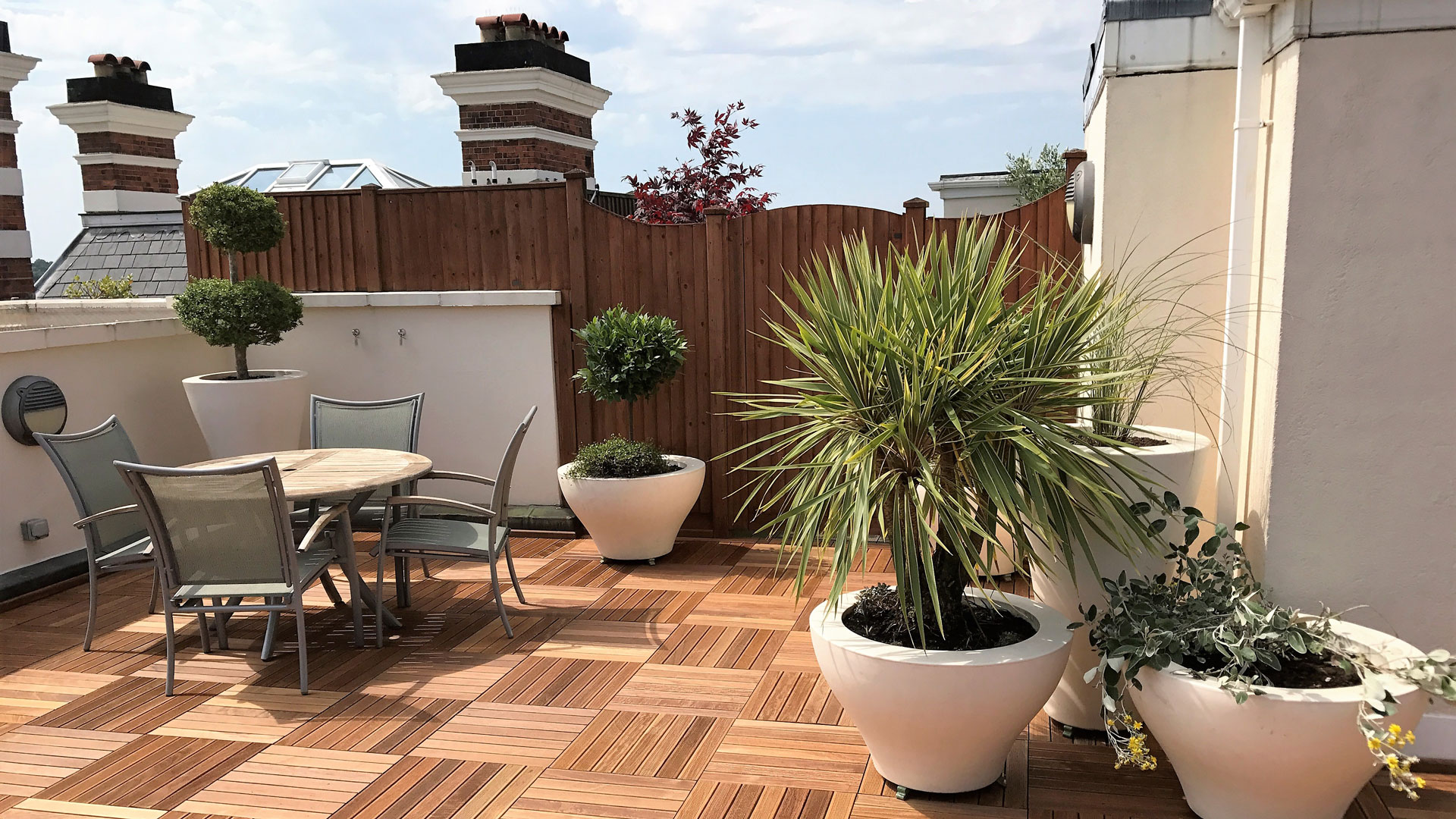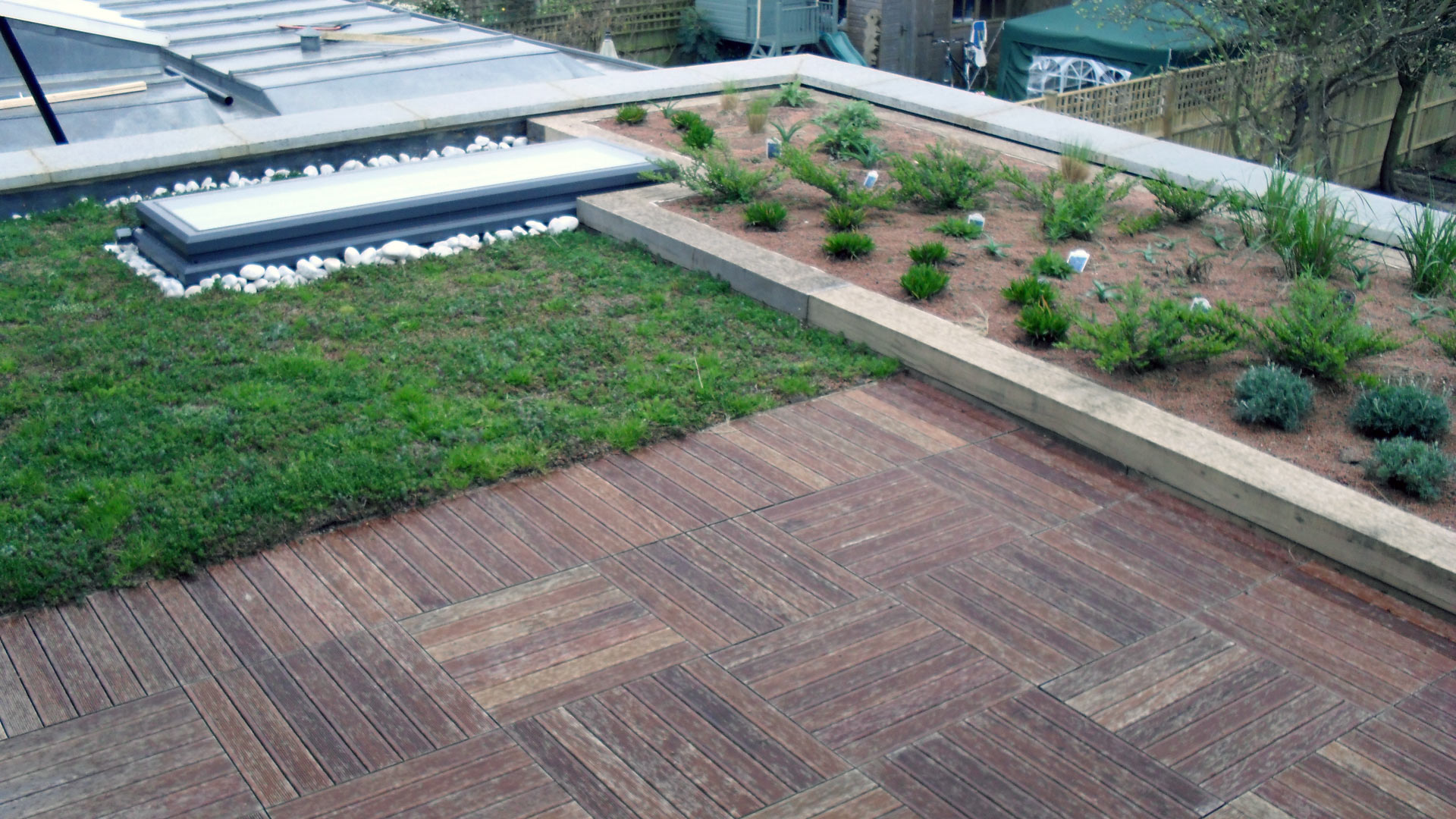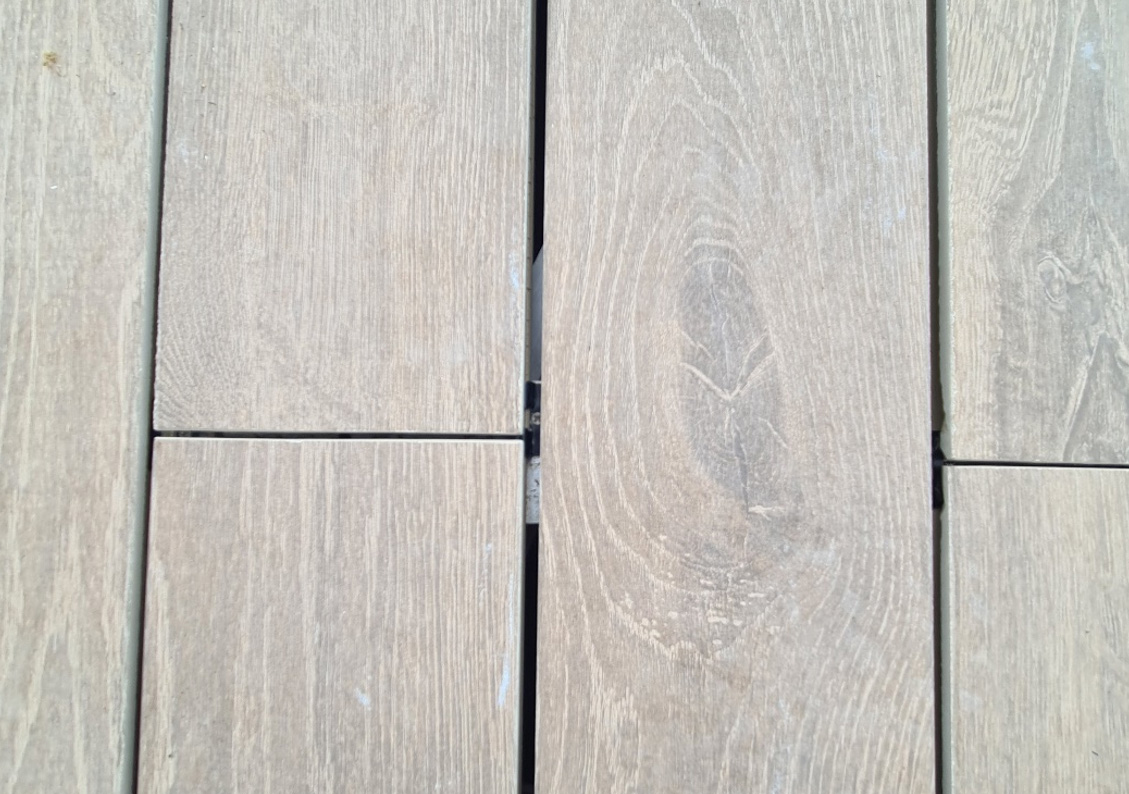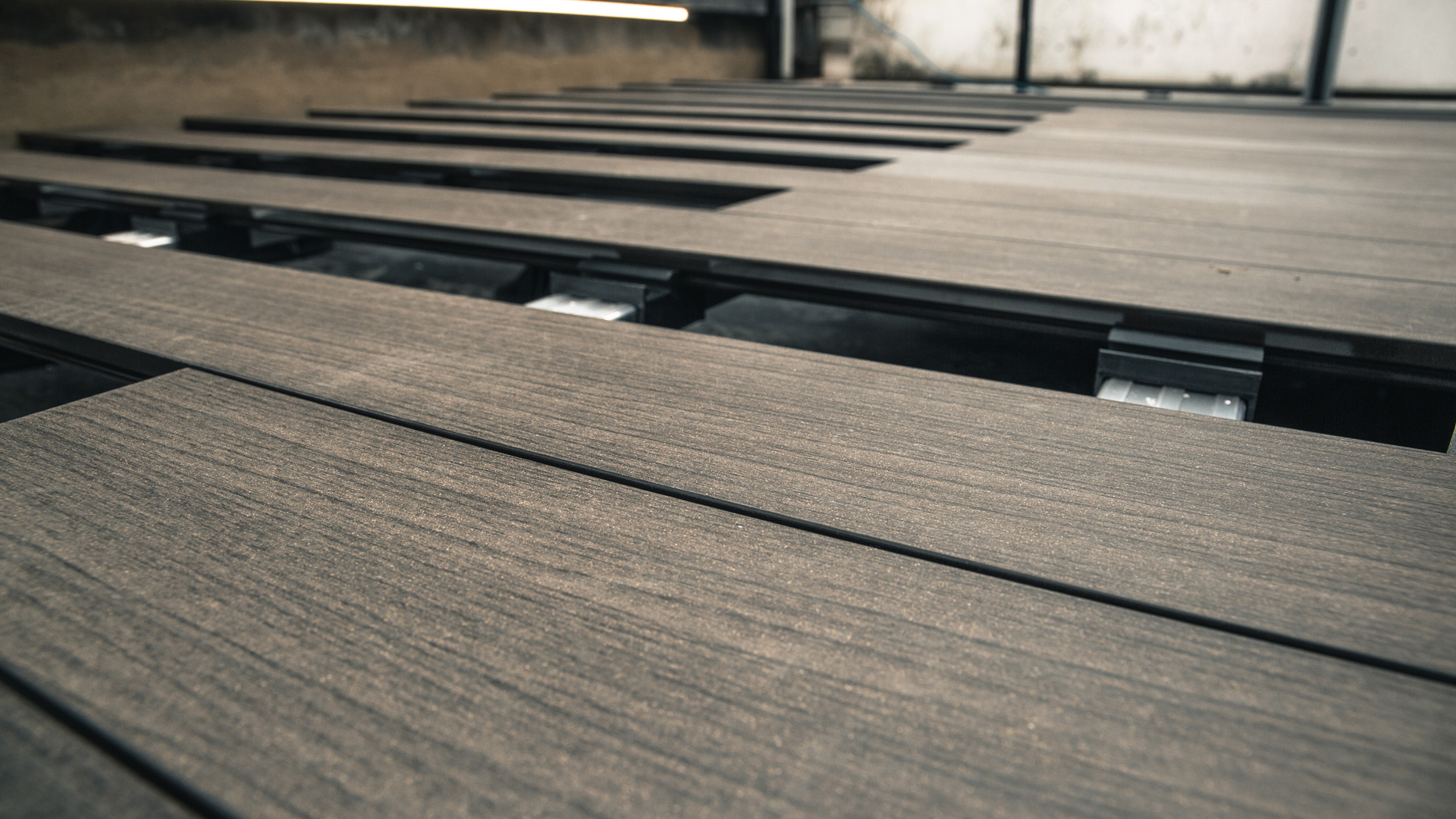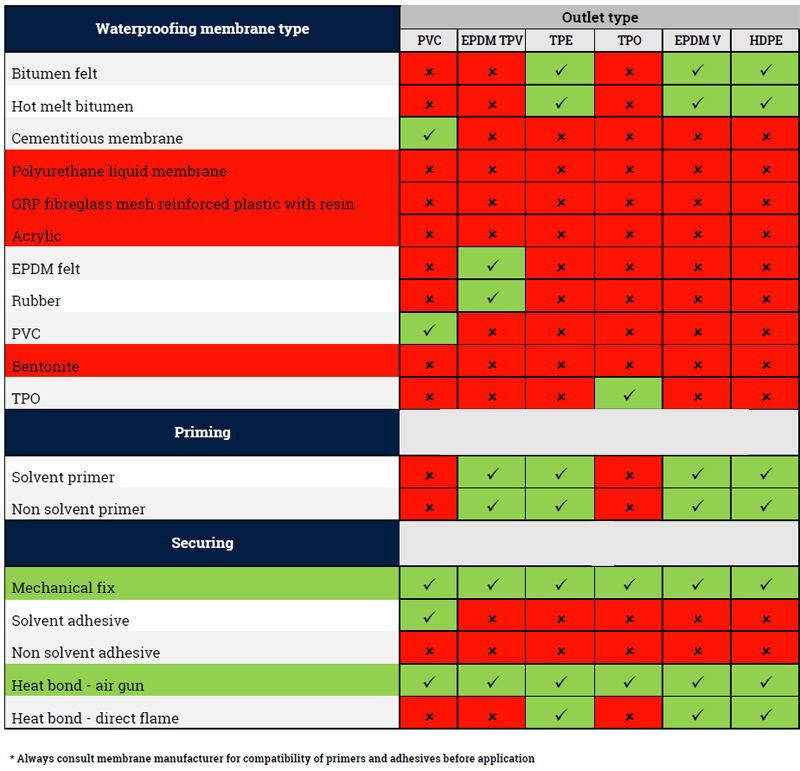From older structures modernized using connected devices, to more recent developments which integrate sustainable and technologically-advanced design features, the buildings people live and work in are changing.
It’s clear that, as governments and businesses around the world look to increase economic productivity while reducing their carbon footprint, the built environment will need to be both functional and sustainable in the years ahead.
It’s a big challenge. According to the latest Global Status Report for Buildings and Construction, emissions stemming from building operations hit their highest-ever level in 2019.
Slowly but surely, however, change is afoot. Below, CNBC takes a look at some key features of three buildings that made the shortlist for the upcoming BREEAM Awards 2021.
BREEAM is a sustainability assessment method from the Building Research Establishment which covers infrastructure, masterplanning projects and buildings.
According to its organizers, the awards — which will take place in March, virtually — recognize organizations, individuals and projects deemed to be “leading the way with significant achievements in sustainable building design, development and management.”
Center for Sustainable Landscapes, Pittsburgh, U.S.
Located at Phipps Conservatory and Botanical Gardens in Pittsburgh, Pennsylvania, the Center for Sustainable Landscapes opened in 2012.
The building itself has been designed to maximize daylight, while other features include using rainwater to flush toilets. A green roof provides insulation and is home to wide variety of plants, some of which are edible.
The site uses solar panels and a wind turbine to produce electricity, while geothermal wells – located hundreds of feet underground – provide heating and cooling.
When it comes to technology, a building management system can control, monitor and offer feedback on a range of metrics to boost energy efficiency.
